Some people think LinkedIn is just a social media platform to seek job opportunities or post updates about their professional lives. This could not be further from the truth.
Since its inception, LinkedIn has rapidly grown to become one of the most valuable social platforms for networking. LinkedIn now has 875 million members. So, it has become a potent tool to hold in-depth professional conversations and share information in the business world.
Because practically everyone is on LinkedIn, it’s also great for generating leads. In fact, research shows that LinkedIn is 277% more effective in lead generation than Twitter and Facebook. A staggering 80% of B2B marketers cite lead generation as a priority on the platform. Around 50% of B2C marketers are also on LinkedIn for the same reason.
Want to get qualified leads using this social channel? Here’s how you can generate leads on LinkedIn:
1. Optimize your profile
Be strategic with your LinkedIn profile. Make sure you have a professionally designed profile optimized for the LinkedIn search engine. This means that it is keyword-rich, explains your brand in detail, and provides details to your portfolio. If you want to attract the right kind of prospects, think about what they are looking for.
Make sure that you properly highlight what you do and your other interests on your profile. Utilize the about section. Tell your target audience why they should connect with you. Your work and educational section should also be updated since this information could also interest potential leads.
It’s also vital to include a headline containing relevant keywords in the summary section of your profile. Including these keywords helps you gain more visibility when people search for relevant terms. It can also help you get more clicks on your profile. From the above example, we can easily tell this professional is seeking opportunities within the B2B SaaS industry.
Additionally, a professional headshot can help potential clients or customers take you more seriously while also giving your profile a personal touch. Both make it more likely for potential leads to engage with your profile. A LinkedIn profile with a photo gets 21 times more profile views than one that doesn’t have one.
2. Get more connections
Having more connections on LinkedIn can help you generate leads in various ways.
First, having a large network of connections increases your visibility on the platform and makes it more likely that potential customers or clients will find you. When you have more connections, your profile is more likely to show up in the LinkedIn search results. Also, it increases the chances of your content getting seen by a wider audience, including those outside your immediate network.
Having more connections can help you expand your reach and access new audiences as well. When you connect with someone new, you are also connecting with their network of connections, which can open up new opportunities and introduce you to ideal leads that you may not have been able to reach otherwise.
Don’t get me wrong. That doesn’t mean you should just be concerned about connecting with as many people as possible on the platform. You must also be deliberate about the connections you make. It’s best to connect with individuals and brands that are within your industry. When you have the right connections, it can signal to potential customers or clients that you are well-connected and respected in your industry. That can help build trust and increase the likelihood that they will consider doing business with you.
You can reach out to these individuals yourself to expand your network. Include in your connection request a short message about you and why you are looking to connect with the target individual. You have to show that accepting the connection request won’t just benefit you. It will benefit the other person as well.
To get them to read your entire connection request message, don’t send a generic message. Cite something you have in common in the beginning. Check out this example:
Jenny mentions two common points between her and the person she wishes to connect with: they both know her colleague and they both engaged with the same 2020 email analysis study.
Sadly, not every lead you reach out to will respond immediately. Some may take longer than expected to respond. In other cases, you won’t hear back until you follow up.
So, to generate leads on LinkedIn effectively, make sure you follow up if necessary. You can send them an email if their contact details are publicly available.
3. Post relevant content
Posting relevant content on LinkedIn can be an effective way to generate leads. It allows you to establish yourself as a thought leader in your industry and showcase your products. Quality content can also increase engagement on your profile, making it more likely that people will visit your profile and reach out to you for business.
When deciding what content to post, consider which formats do well naturally on the platform.
For example, posts with images result in a 98% higher comment rate than text-only posts. That’s why marketing strategies for restaurants on the platform typically revolve around publishing images of exquisite dishes with accompanying copy:
Native documents perform just as well. They can garner likes and generate three times more clicks than other types of content. Plus, as part of your content strategy, they showcase what you know about your niche pretty well.
Therefore, make use of the LinkedIn publishing platform to create compelling articles that people will want to read. Just make sure you keep it simple and avoid buzzwords. You don’t want to come across as someone who tries so hard to impress.
You have to incorporate the right keywords into your articles as well. You want to use the terms people usually employ to search on the platform and in Google, where LinkedIn articles can appear. This way, your content can reach even more potential leads. You can use keyword research tools to jumpstart the process of content optimization.
4. Join LinkedIn groups
Joining groups can be a powerful way to generate leads on LinkedIn. That’s because when you join LinkedIn groups, you can do the following:
- Reach a targeted audience. LinkedIn groups are organized around specific topics or industries. That means that when you join the right group, you’ll connect with people who are likely to be interested in your products or services.
- Network. Groups provide an opportunity to connect with other professionals in your industry or target market. This can help you expand your network and reach new audiences. Additionally, when you connect with someone in a group, you can also connect with their network of connections, which can open up new opportunities for you.
- Build credibility. When you share valuable content and insights and participate in discussions, you can establish yourself as a credible and reliable source of information. That can help you attract potential leads.
- Establish branding. Groups can help you promote your brand and increase brand awareness. By sharing your company’s updates and promoting your products or services, you can reach a wider audience and attract potential leads.
But how exactly are you supposed to find the right LinkedIn groups? It’s very easy, actually. Navigate to the search bar at the top and search for a group using relevant keywords. So, if you’re a graphic design business, for example, you can search for “graphic design,” as shown below.
Then filter the results given to you by LinkedIn by clicking on the “Groups” tab at the top.
These are the LinkedIn groups I get when I follow that process:
Now you just have to browse through the list and hit the “Join” button if you want to be part of a specific community.
You can shorten the process of searching for groups if you already know the exact name of the community. Instead of using a general keyword like “graphic design” to search, you can search for “DesignersTalk: Graphic, web, digital design and creative professionals group” instead.
5. Run ads on LinkedIn
Running ads on LinkedIn is another effective technique to generate leads on LinkedIn. LinkedIn ads work so well since they have targeting features that allow you to zero in on people who are likely to be interested in your products and services.
Setting up an ad campaign on LinkedIn is also easy. Just access your Campaign Manager account, and follow these steps:
- Choose a campaign objective: Choose “Conversions” for your lead generation campaign.
- Select your targeting criteria: LinkedIn offers over 20, including Member Interests, Member Groups, and Job Title.
- Choose your LinkedIn ad format: LinkedIn ads come in different formats. These include:
Sponsored content: appears directly in the LinkedIn feed of the users you want to reach. They can come in the form of single-image ads, thought leader ads, video content, and carousel ads.
Message ads: allow you to reach people on LinkedIn Messaging.
Dynamic ads: use LinkedIn profile data for personalization. They can come in the form of follower, spotlight, or job ads.
Text ads: are pay-per-click or cost-per-impression ads users can see at the right side of their LinkedIn feed, under the Promoted heading.
- Set your budget and schedule: Specify your daily budget and the start and end date of your lead generation campaign.
- Set up your ad creative: Don’t forget to use a strong call-to-action like Download or Sign Up.
Once your lead generation campaign is up and running, make sure you consistently measure the results and optimize through your Campaign Manager dashboard. You can cancel campaigns anytime.
6. Use other LinkedIn lead-generation tools
Manually looking for leads using LinkedIn’s basic and clearly visible features like the search field can be time-consuming. It can be difficult to scale your lead generation efforts, especially if you’re just one person or only have a small team. Plus, with the limitations of these features, you might not get the most of your lead generation efforts.
This is where other LinkedIn lead-generation tools can help. These are tools that can automate specific tasks so you can optimize lead generation even when exerting less. Combine use of these tools with the platform’s basic and visible features to generate leads on LinkedIn even more effectively:
LinkedIn Sales Navigator: This powerful tool by LinkedIn has advanced search filters. As a result, sales teams can further zero in on people who are likely to be interested in your products or services. With the tool, for instance, you can check LinkedIn members’ company size, location, and industry.
The tool also allows you to save your searches. You can get notifications if new LinkedIn members match the criteria you set. This can help you stay on top of other potential lead opportunities.
In addition to those, LinkedIn Sales Navigator allows you to see who viewed your profile. These are also potential leads you can reach out to.
LinkedIn Lead Gen Forms: You can use this tool to create forms that collect the relevant information of people who click on your LinkedIn lead generation ads. So, when someone clicks on your ad, they’ll see a form that already contains accurate information from their own LinkedIn profile. This information includes their name, contact info, company name, and location.
LinkedIn Lead Gen Forms can help enhance your lead generation efforts since you make it easy for people to fill out your lead generation forms. Remember, your potential leads are busy people as well. If they have to type every detail you ask for in your lead capture form, they might end up leaving. With the tool, all they’d need to do after clicking on your ad is hit that Send button.
The good news is, you don’t have to pay to use LinkedIn Lead Gen Forms. You only incur costs for running their associated ad campaigns. Just choose the Lead Gen Forms option when setting up your lead generation ad campaign through Campaign Manager.
Linked Helper: This a useful tool that helps you automate outreach tasks and maximize your lead generation efforts even further. Linked Helper can streamline connection requests, personalized messaging, and profile visits, allowing you to scale your lead generation efforts efficiently.
LinkedIn Analytics. This tool allows you to track the performance of your posts and ads, allowing you to optimize their copy, visuals and targeting to generate more leads. With the tool, you can also gain insights into how well your overall LinkedIn profile is doing. So, if you don’t get as many visitors, you can further optimize your profile to make it more interesting to potential leads for your business. Access this tool through your Page Admin or Campaign Manager dashboard.
In closing
LinkedIn is much more than a platform to post your professional accomplishments and updates. With its reach and specific user base, it can be a potent tool for your lead generation strategy as well.
But to generate leads on LinkedIn effectively, you need to follow best practices. You learned six LinkedIn lead generation tips from this article.
Optimize your profile. Also, make deliberate attempts to get more relevant connections and build relationships. Don’t forget to post relevant content on your page. Joining LinkedIn groups and running ads can help, too. Also, leverage other LinkedIn lead generation tools for the best results.
Now, here’s to a more successful lead generation campaign on LinkedIn.

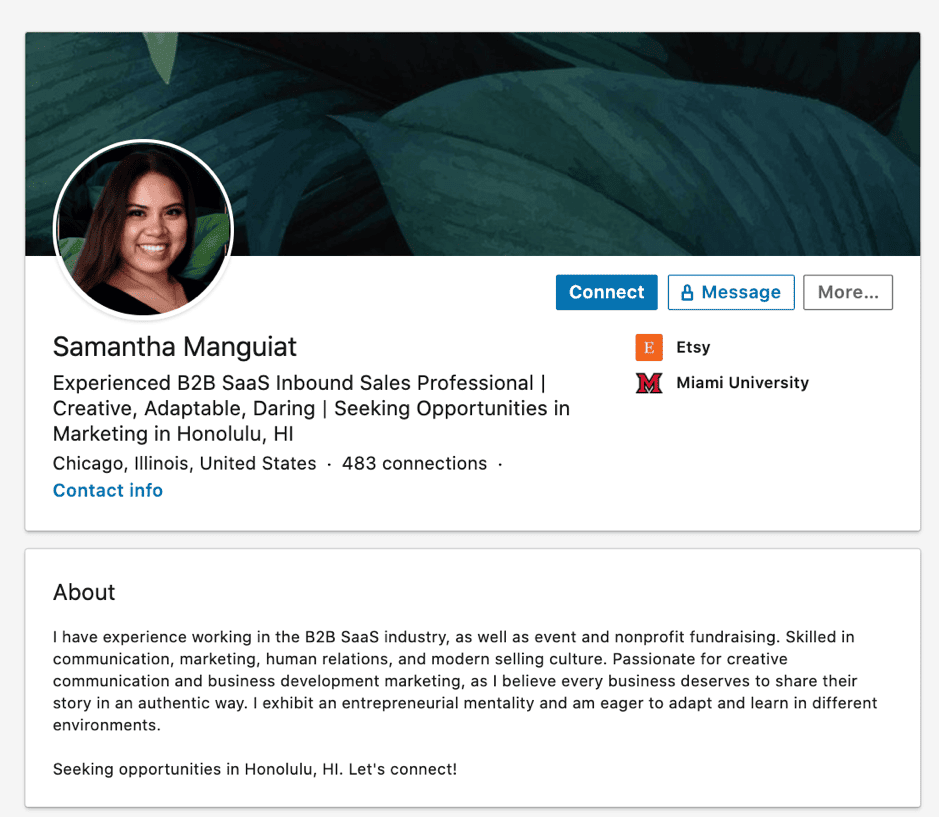
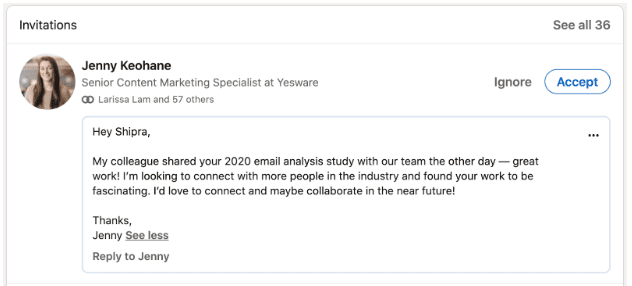
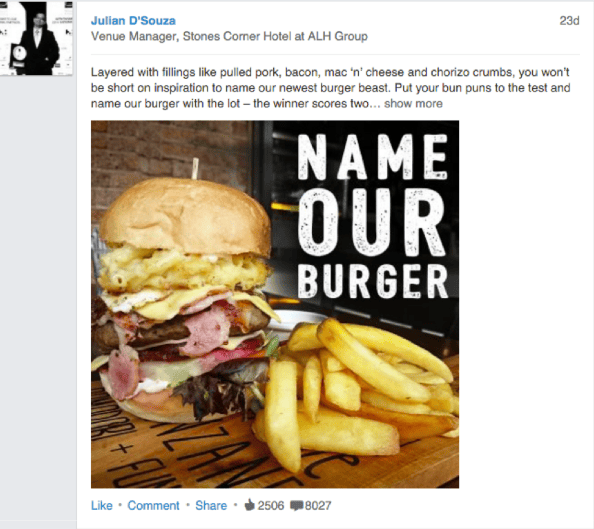
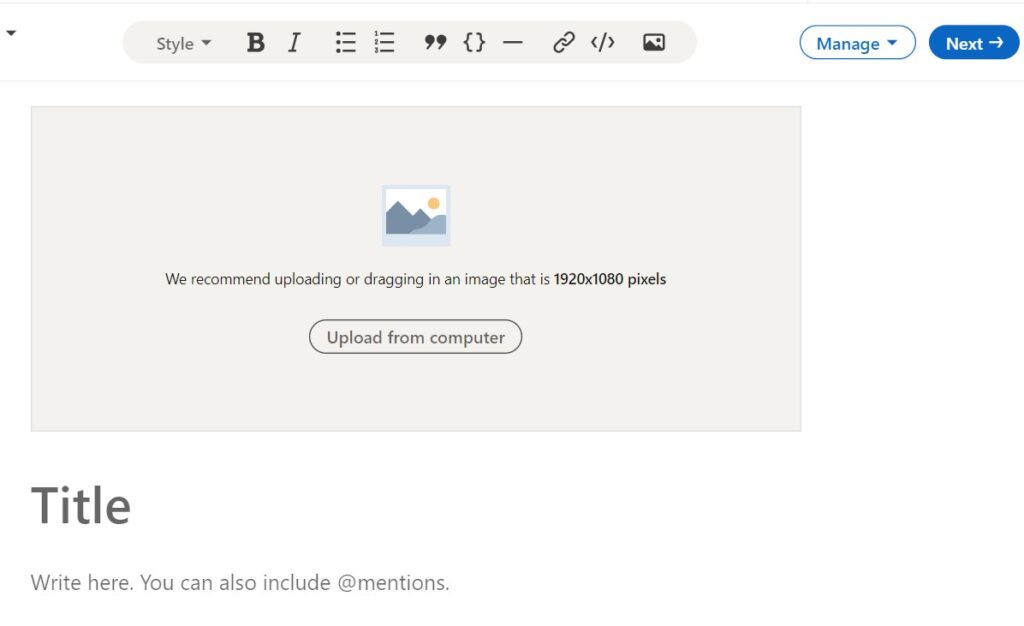
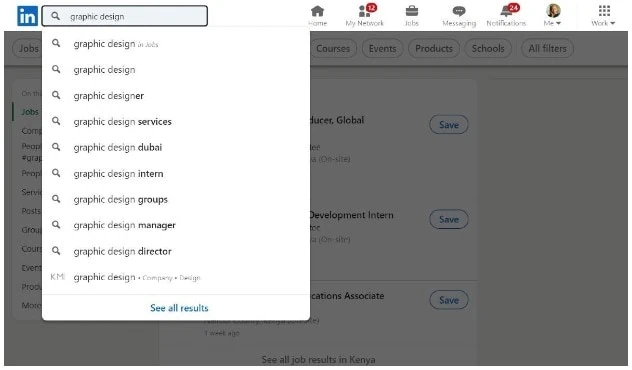
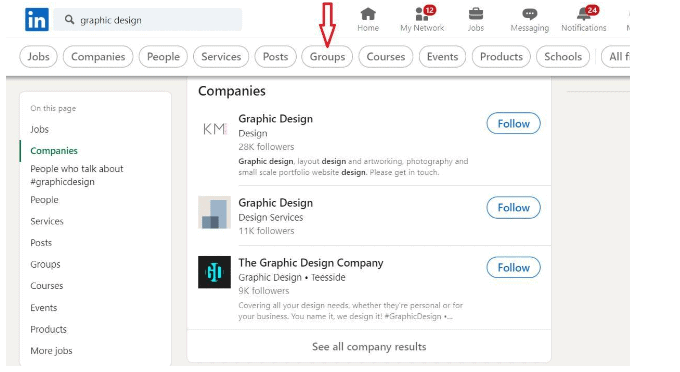
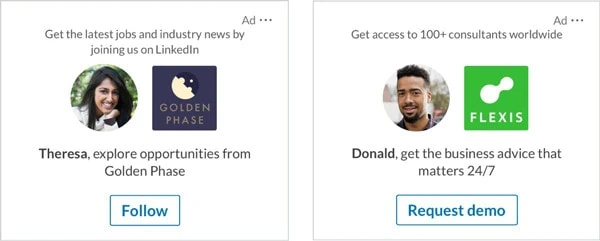








0 Comments